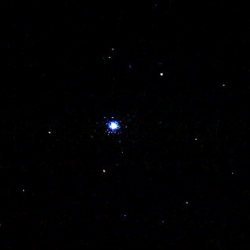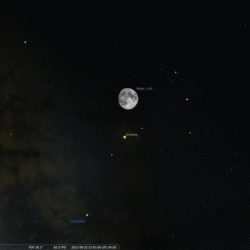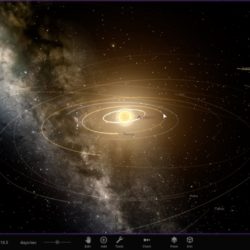Two Great Star Clusters of the Early Summer Sky
As we transition from late June to early July, the weather changes from the mild days of spring to decidedly warmer days and balmy nights. Summer has arrived. Having just past June’s Strawberry moon (named to mark the Strawberry harvest in many regions) and the almost coincidental occurrence of the Summer Solstice, the stars of[…]









